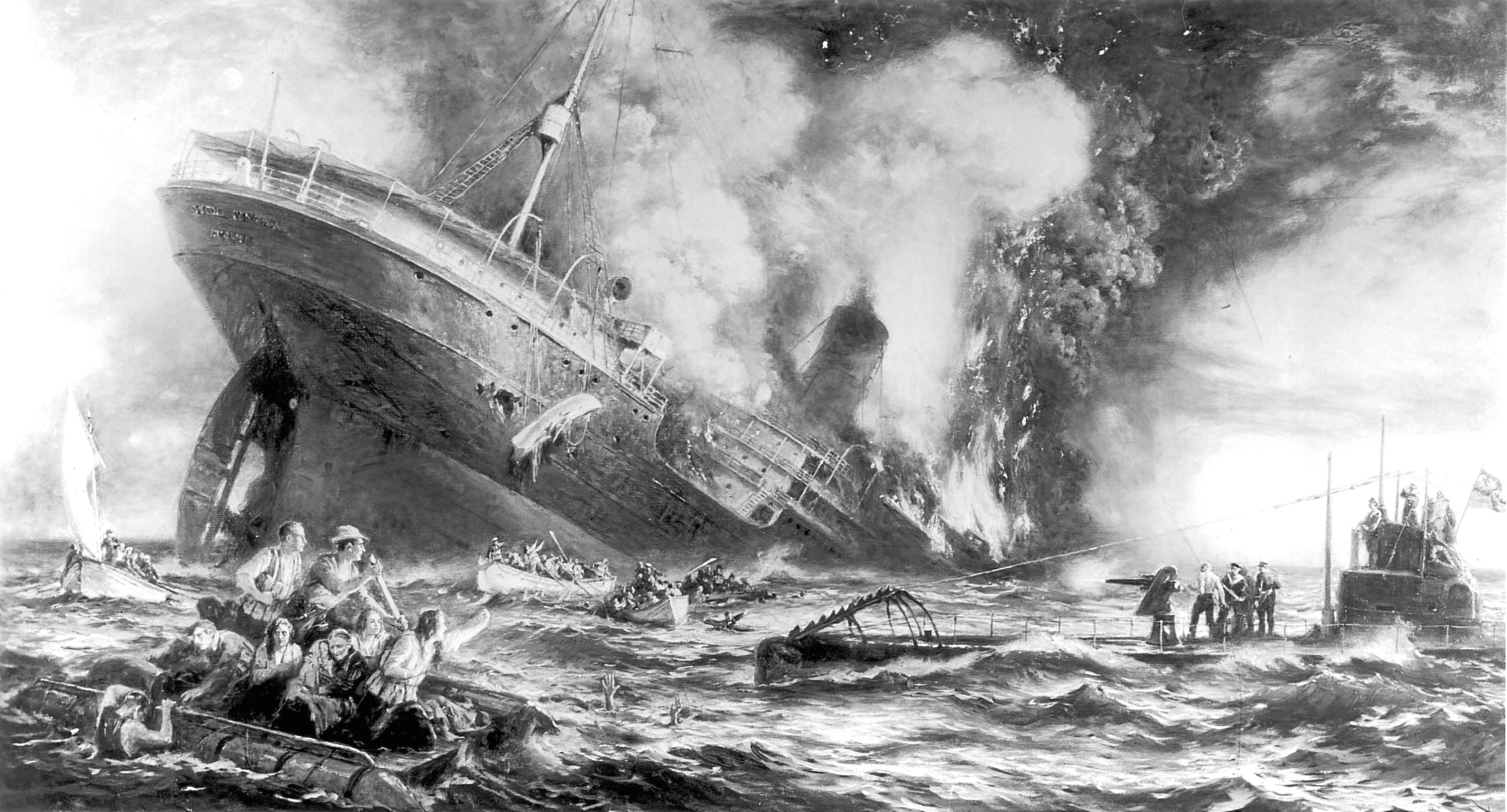
IF the magnificent ships Titanic and Lusitania hadn’t met untimely ends, perhaps nobody would even remember them today.
The fact that both sank in incredible circumstances — dramatic, horrific situations that would lead to years of conspiracy theories — means they are still constantly discussed.
Was the Titanic’s end the result of American financier JP Morgan removing opponents to his plan for a US Federal Reserve Bank?
Was its construction sub-standard?
Was the mighty ship that hit an iceberg and sank even the Titanic at all, or was it another vessel, such as her sister ship Olympic?
Was the Lusitania deliberately allowed to sail right into full view of a marauding U-boat, so the United States would be forced into the First World War?
And was her name obscured, so the U-boat skipper didn’t realise what he was attacking?
Countless questions like these have plagued historians and fascinated millions of us for many years, and a new book attempts to finally lay them all to rest and show the real facts for once and for all.
“Bizarrely, some have recently alleged that the break-up of the Titanic as she sank was evidence of some sort of inherent weakness,” says author J Kent Layton.
“However, both American and British courts independently found that the ship had sunk intact.
“The fact she held together as long as she did under unimaginable strain is evidence that she was extraordinarily strong.”
In his quest to dispel or prove myths, Layton is well aware that, even today, relatives of those involved in both ships’ tragedies deserve the truth.
“The tragedies of the Titanic and Lusitania touched, forever altered, or prematurely ended the lives of thousands of people,” he points out.
The theory that Titanic and Olympic were switched seems laughable, but not to some.
“Perhaps one of the most popular conspiracy theories regarding the Titanic has to do with the idea that she and her older sister Olympic were switched in early 1912,” says the author.
“It’s been said that Olympic was deliberately sunk for the insurance money.
“According to the theory, something ran amok in the process, and 1,496 of the passengers and crew ended up perishing.”
As Layton points out, it would have been quite a secret to keep, with presumably large numbers of men and women knowing what had been done.
“Hundreds, if not thousands, of shipyard workers would have been required to carry out alterations to pass Olympic off as Titanic,” says Layton.
“Some of these men were ‘true company men’. With the shipyard workers, however, it was a different story.”
In other words, someone, somewhere, for whatever reasons, would have revealed the truth at some point.
Our respect, too, for Winston Churchill would be altered if we learned that he had deliberately sent the Lusitania to its death.
“Perhaps the most-sinister conspiracy theory surrounding the Lusitania is that Winston Churchill and the British Government deliberately set the liner up to be sunk,” says Layton.
“If true, this would be one of the most diabolical, evil plots ever hatched.
“It has even been implied that the Cunard company’s rate cut on ticket prices was made to encourage strong bookings and up the eventual body count.
“However, as we delve into the details of this allegation, it will become clear just how nonsensical it really is.”
Conspiracies At Sea: Titanic And Lusitania, by J Kent Layton, is published by Amberley, ISBN No. 978-1-4456-5393-8, priced £19.99
READ MORE

Enjoy the convenience of having The Sunday Post delivered as a digital ePaper straight to your smartphone, tablet or computer.
Subscribe for only £5.49 a month and enjoy all the benefits of the printed paper as a digital replica.
Subscribe